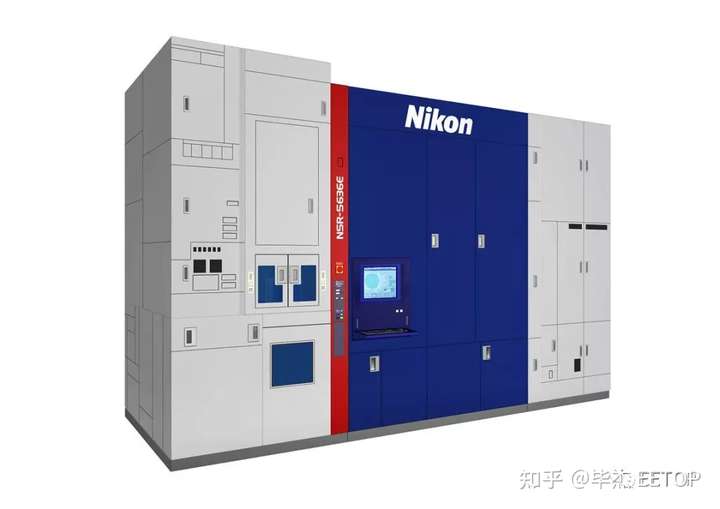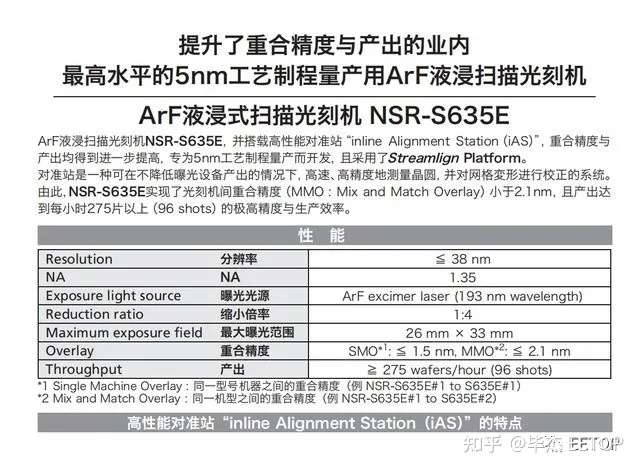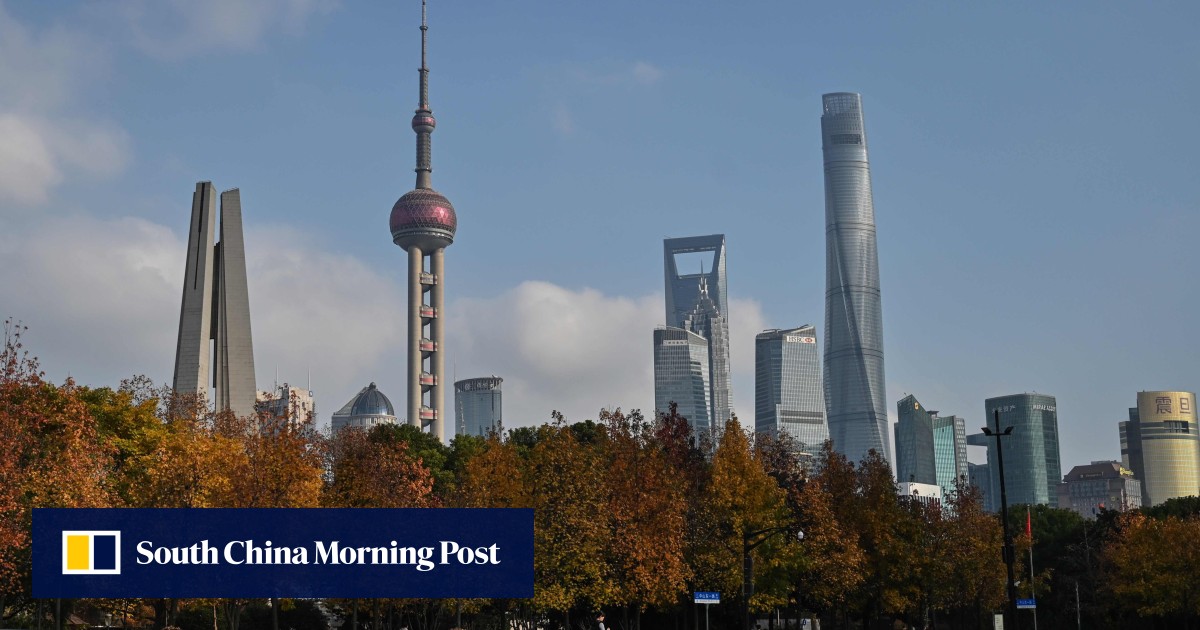AFAIK the initial 28nm immersion lithography tools by SMEE are not optimized for multiple patterning of the kind used in 14nm or smaller.
They are supposed to introduce a model a year or two afterwards that is optimized for that.
But then again SMIC is not using the latest and greatest ASML DUV to produce their 14nm chips either.
BTW here are some old quotes of comments by the ASML CEO on the whole situation.
"Export controls against China will not only fail to halt its technological progress but also hurt the U.S. economy, ASML Holding NV Chief Executive Officer Peter Wennink said, after trade tensions between Washington and Beijing led to restrictions on the sale of the Dutch company’s advanced chip equipment to Chinese firms.
“I believe that export controls are not the right way to manage your economic risks if you have determined that there is an economic risk,” Wennink said during an online industry event on Wednesday, arguing that if “you close China from access to technology, that will also cost non-Chinese economies a lot of jobs and a lot of income.”"
"China's move toward self-sufficiency in semiconductors raises new questions on the future of existing global players. Peter Wennink, CEO of ASML, a leading manufacturer of lithography equipment for the production of computer chips, recently told news outlet Politico that Europe should not restrain exports to China, like the US has done. Beyond exports, foreign players also need to integrate with China's ecosystems, with a local presence."
They are supposed to introduce a model a year or two afterwards that is optimized for that.
But then again SMIC is not using the latest and greatest ASML DUV to produce their 14nm chips either.
BTW here are some old quotes of comments by the ASML CEO on the whole situation.
"Export controls against China will not only fail to halt its technological progress but also hurt the U.S. economy, ASML Holding NV Chief Executive Officer Peter Wennink said, after trade tensions between Washington and Beijing led to restrictions on the sale of the Dutch company’s advanced chip equipment to Chinese firms.
“I believe that export controls are not the right way to manage your economic risks if you have determined that there is an economic risk,” Wennink said during an online industry event on Wednesday, arguing that if “you close China from access to technology, that will also cost non-Chinese economies a lot of jobs and a lot of income.”"
"China's move toward self-sufficiency in semiconductors raises new questions on the future of existing global players. Peter Wennink, CEO of ASML, a leading manufacturer of lithography equipment for the production of computer chips, recently told news outlet Politico that Europe should not restrain exports to China, like the US has done. Beyond exports, foreign players also need to integrate with China's ecosystems, with a local presence."
Last edited:






